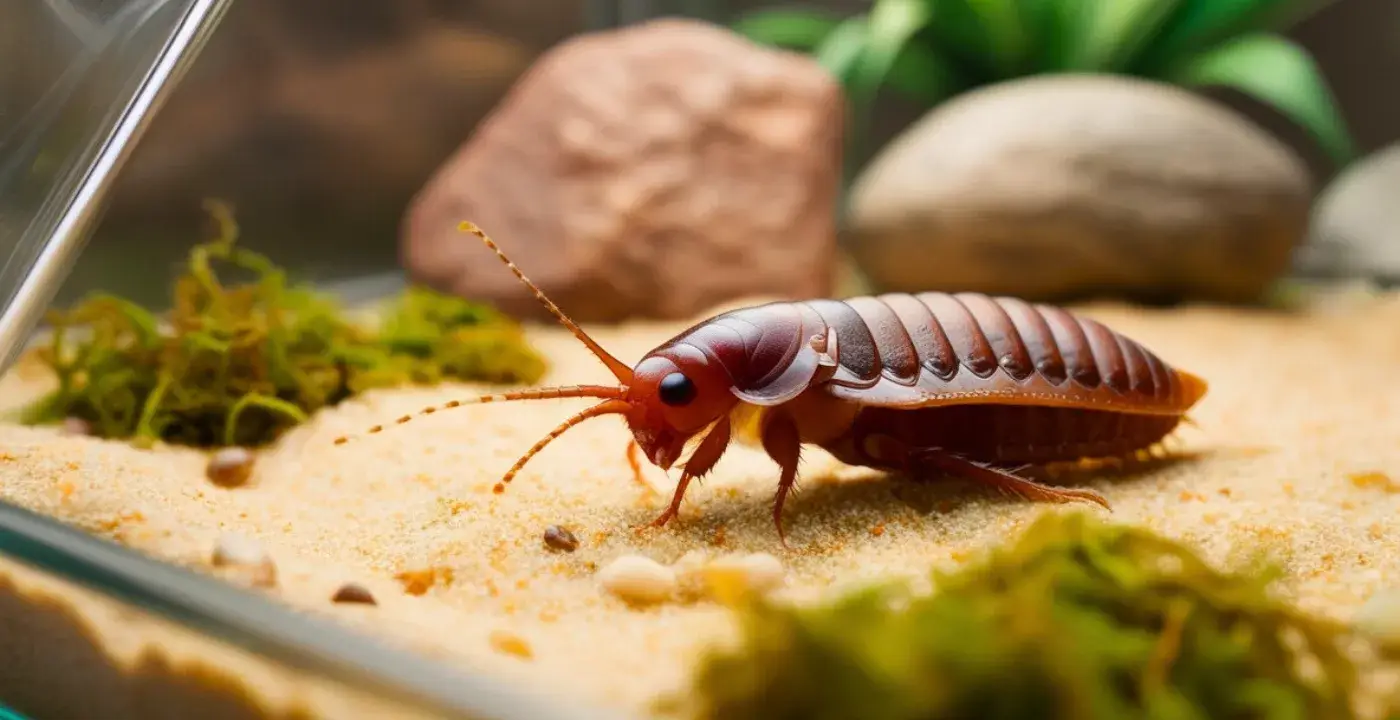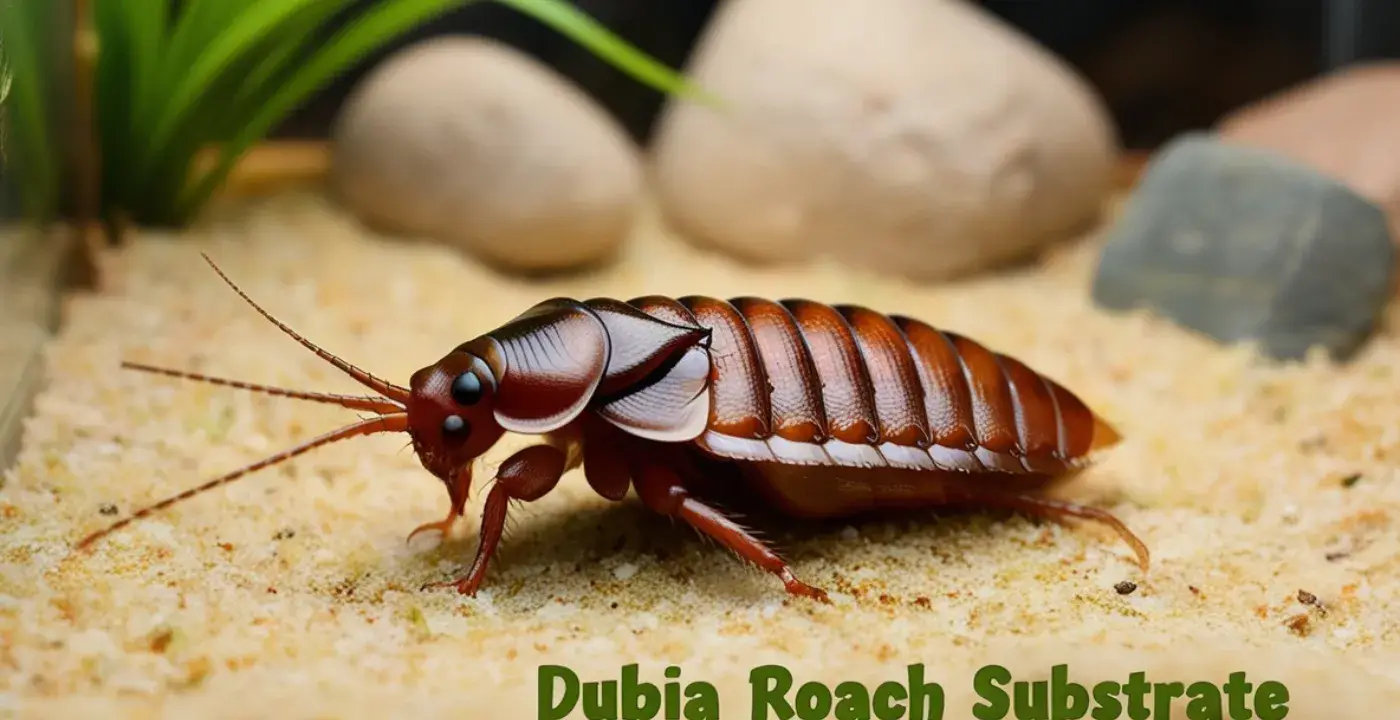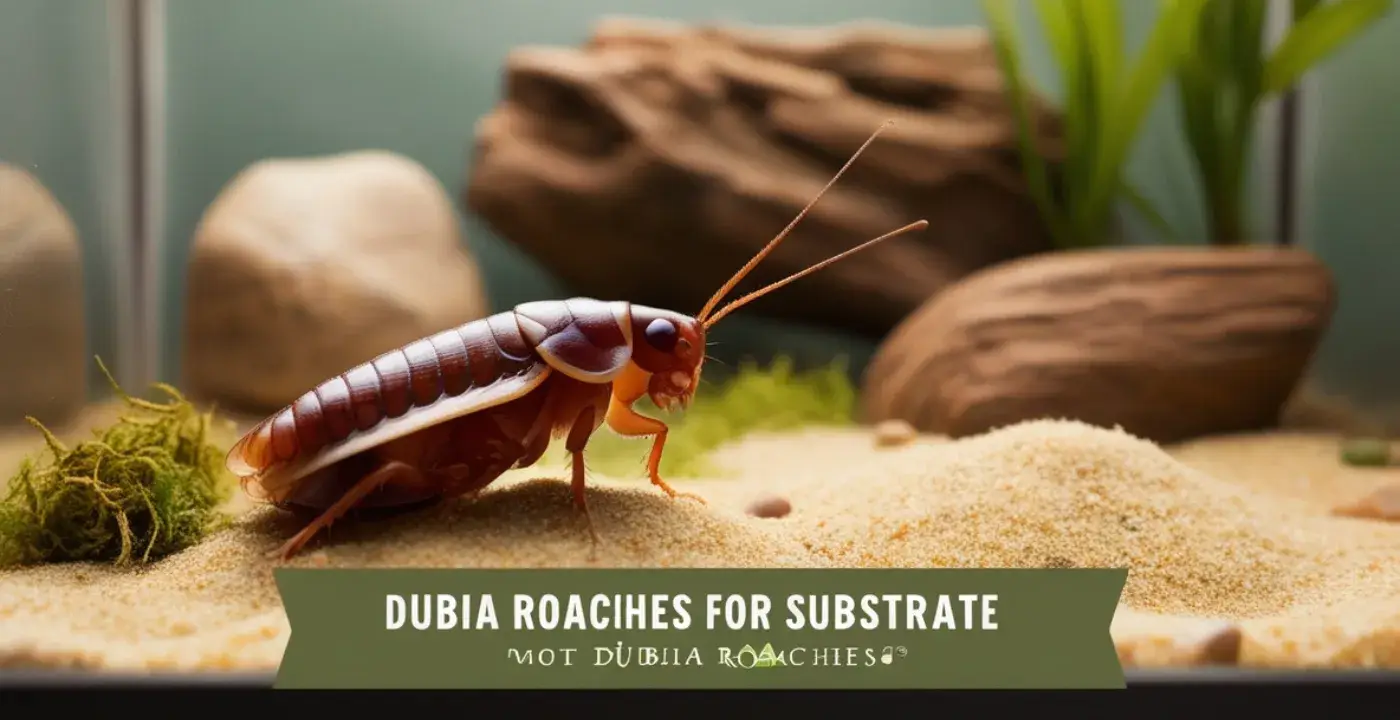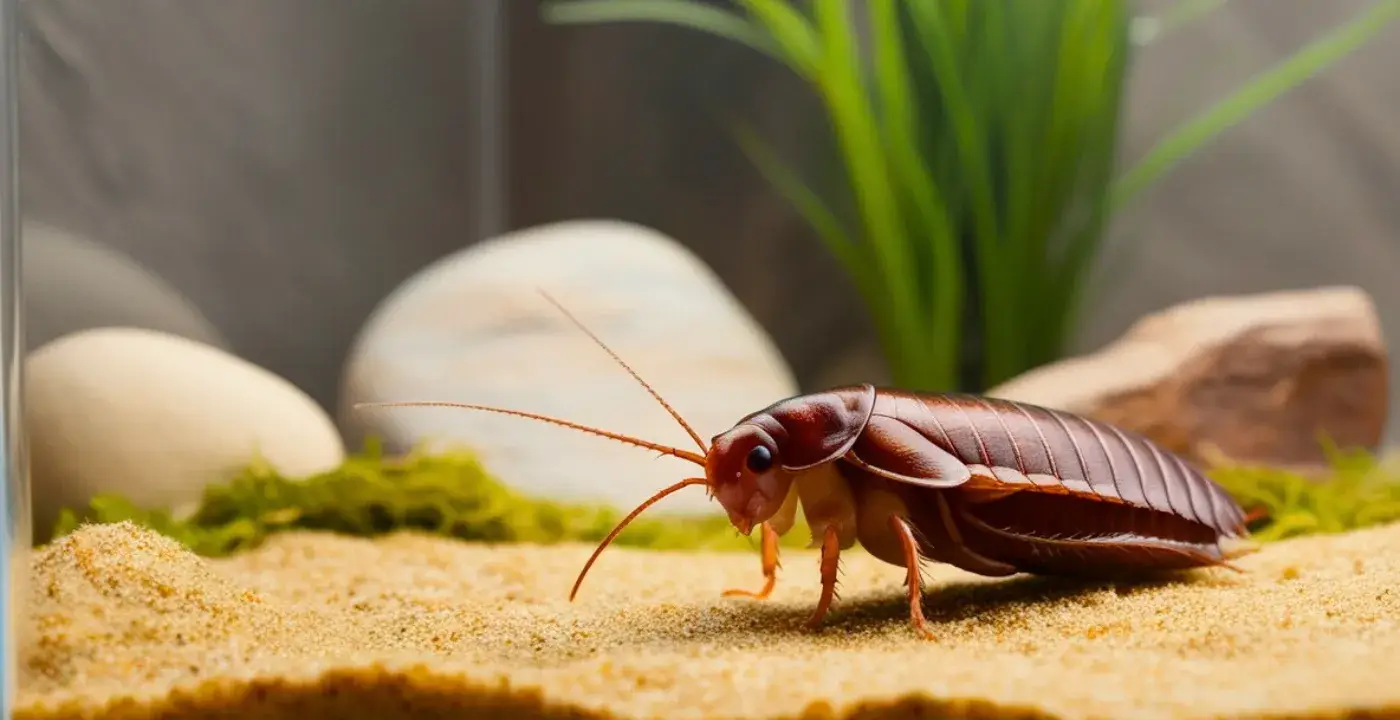If you’re a reptile enthusiast or a breeder of feeder insects, you’ve likely heard of Dubia roaches. These hardy, nutrient-rich insects are a popular choice for feeding reptiles, amphibians, and even some birds. But when it comes to their care, one question often arises: Do Dubia roaches need substrate? The answer isn’t as straightforward as you might think, and understanding the role of substrate in their habitat is crucial for their health and longevity.
In this blog post, we’ll dive deep into the world of Dubia roach care, exploring whether substrate is necessary, what types work best, and how to create an optimal environment for these insects. Whether you’re a seasoned keeper or a beginner, this guide will equip you with the knowledge to make informed decisions about your Dubia roach setup.
What Are Dubia Roaches and Why Does Their Habitat Matter?

Dubia roaches (Blaptica dubia) are a species of tropical roach native to Central and South America. Unlike common household roaches, Dubia roaches are clean, odorless, and easy to care for, making them a favorite among reptile owners. They’re also highly nutritious, boasting a balanced protein-to-fat ratio that makes them an excellent feeder insect.
But to keep Dubia roaches healthy and thriving, their habitat must mimic their natural environment as closely as possible. This includes temperature, humidity, and—yes—substrate. Substrate, the material lining the bottom of their enclosure, plays a significant role in maintaining humidity, providing traction, and even aiding in waste management.
So, do Dubia roaches need substrate? Let’s break it down.
The Role of Substrate in a Dubia Roach Enclosure

Maintaining Humidity Levels
Dubia roaches thrive in warm, humid environments, with ideal humidity levels ranging between 40% and 60%. Substrate can help regulate humidity by retaining moisture, especially in dry climates or during winter months. Without proper humidity, Dubia roaches may struggle to molt, leading to health issues or even death.
Providing Traction and Safety
Dubia roaches are not the most agile climbers, and a smooth, substrate-free enclosure can make it difficult for them to move around. Substrate provides traction, reducing the risk of injury and making it easier for them to navigate their environment.
Waste Management
Like all living creatures, Dubia roaches produce waste. Substrate can help absorb and break down this waste, keeping the enclosure cleaner and reducing the risk of mold or bacterial growth. However, not all substrates are created equal, and some may require more maintenance than others.
Types of Substrate for Dubia Roaches
When choosing a substrate for your Dubia roaches, it’s important to consider factors like moisture retention, ease of cleaning, and safety. Here are some of the most popular options:
Coconut Fiber (Coir)
Coconut fiber is a favorite among Dubia roach keepers due to its excellent moisture retention and natural composition. It’s also mold-resistant and easy to replace, making it a low-maintenance option.
Peat Moss
Peat moss is another natural substrate that works well for Dubia roaches. It retains moisture effectively and helps maintain a stable humidity level. However, it can be messy and may require frequent cleaning.
Paper Towels or Egg Cartons
For a simpler, substrate-free setup, some keepers opt for paper towels or egg cartons. While these don’t provide the same benefits as traditional substrates, they’re easy to clean and replace, making them a practical choice for temporary enclosures or breeding setups.
Sand or Soil
Sand and soil can be used as substrates, but they come with some drawbacks. Sand can be abrasive and may cause respiratory issues if it becomes dusty, while soil can harbor pests or bacteria if not properly sterilized.
Step-by-Step Guide to Setting Up a Dubia Roach Enclosure with Substrate

- Choose the Right Enclosure
Select a well-ventilated container with smooth sides to prevent escapes. Plastic storage bins or glass terrariums work well. - Add the Substrate
Spread a 1-2 inch layer of your chosen substrate evenly across the bottom of the enclosure. For coconut fiber or peat moss, lightly mist the substrate to maintain humidity. - Provide Hiding Spots
Dubia roaches are nocturnal and prefer dark, tight spaces. Add egg cartons, cardboard tubes, or cork bark to create hiding spots. - Monitor Temperature and Humidity
Use a thermometer and hygrometer to ensure the enclosure stays within the ideal range of 75-95°F and 40-60% humidity. Adjust as needed by misting the substrate or adding a heat source. - Clean Regularly
Spot-clean the enclosure daily to remove waste and uneaten food. Replace the substrate entirely every 4-6 weeks to prevent mold and bacteria buildup.
Common Misconceptions About Dubia Roach Substrate
Myth 1: Substrate Is Optional
While Dubia roaches can survive without substrate, they thrive in environments that mimic their natural habitat. Substrate helps regulate humidity, provides traction, and aids in waste management, making it an essential component of their care.
Myth 2: All Substrates Are Safe
Not all substrates are suitable for Dubia roaches. Avoid cedar or pine shavings, as they contain oils that can be toxic to insects. Similarly, avoid substrates that are too dusty or abrasive.
Myth 3: Substrate-Free Setups Are Easier to Maintain
While substrate-free setups may seem easier to clean, they often require more frequent maintenance to manage humidity and waste. Substrate can actually reduce the workload by absorbing moisture and breaking down waste.
Expert Tips for Dubia Roach Care
- Use a Moisture Gradient
Create a moisture gradient by misting one side of the enclosure more heavily than the other. This allows roaches to choose their preferred humidity level. - Avoid Overcrowding
Overcrowding can lead to stress, disease, and cannibalism. Provide at least 1 square foot of space per 100 roaches. - Feed a Balanced Diet
Dubia roaches are what they eat. Provide a diet rich in fruits, vegetables, and high-quality roach chow to ensure they’re nutritious feeders for your pets.
Conclusion: The Importance of Substrate in Dubia Roach Care
So, do Dubia roaches need substrate? The answer is a resounding yes—substrate plays a vital role in maintaining humidity, providing traction, and managing waste in a Dubia roach enclosure. By choosing the right substrate and following proper care guidelines, you can create a healthy, thriving environment for your roaches.
Whether you’re breeding Dubia roaches as feeders or simply keeping them as pets, understanding their needs is key to their success. We hope this guide has provided you with valuable insights and practical tips to enhance your Dubia roach care routine.
Have questions or experiences to share? We’d love to hear from you! Leave a comment below or explore our related posts for more tips on reptile and feeder insect care. Together, let’s create the best possible environment for our tiny, six-legged friends Drguidez.
By following this guide, you’ll not only improve the health and well-being of your Dubia roaches but also ensure they’re a nutritious and reliable food source for your pets. Happy roach-keeping!

Mark Manson is an expert blogger specializing in Dubia Roaches. He shares practical care tips, breeding insights, and feeding advice to help enthusiasts and reptile owners thrive.

